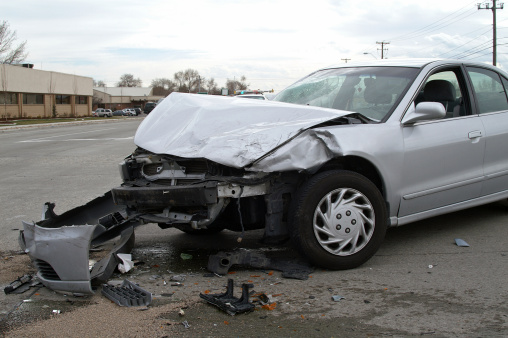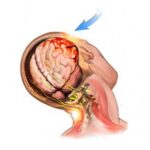Head on collisions take place when two vehicles that are traveling opposite directions run into each other. These types of auto accidents are some of the most dangerous due to the force of the impact, which is doubled because of the traveling speed of each vehicle. As a result, even in a slower accident, where each vehicle is traveling at just 25 miles per hour, the force of the impact is equivalent to a wreck at 50 miles per hour.
How Common are Head-On Collisions?
Compared to other types of accidents, head-on collisions are rare. They usually happen in rural areas and are responsible for about 13 percent of all rural fatal accidents. However, under seven percent of fatal wrecks in urban locations are head-on accidents.
Even though head on collisions are rare, they can end with serious injuries, especially if the vehicles involved were traveling at high speeds. In fact, it is not uncommon for a victim to suffer serious brain trauma that results in permanent physical and cognitive disabilities.
The Most Common Causes of a Head On Collision
In the majority of cases of head on collisions, human error played a part. The factors that most commonly lead to this type of collision include:
- Ignoring posted signs or traffic signals
- Distracted driving
- Driving while under the influence of alcohol or drugs
- Driving while tired
- Using a poor technique when attempting to overtake a vehicle
- Not properly adjusting driving behavior based on low visibility or poor weather
The Most Common Injuries Resulting from a Head On Collision
Like any other auto accident, if you are involved in a head on collision, it can damage any part of your body. However, there are some injuries that are more common than others after these types of accidents. They include:
- Cuts and bruises
- Head injuries
- Organ damage
- Contusions
- Broken bones
- Concussions
However, physical injuries aren’t the only type of damage you may suffer. A serious head on collision may also result in post-traumatic stress disorder. In fact, according to information from the American Psychological Association, auto accidents are the top cause of PTSD in the U.S. Some of the most common symptoms associated with this condition include:
- The inability to concentrate
- Reliving the accident in flashbacks or nightmares
- Forgetting about details of the accident
- Irrationally blaming someone else or yourself for the collision
- Issues sleeping
- Avoiding people or places that bring back memories of the accident
- Suffering from severe depression or anxiety
If you have suffered an injury after a head on collision with a negligent driver, then you need to contact a personal injury attorney for help. They have the resources and experience to help you recover the maximum amount of compensation allowed by the law.






